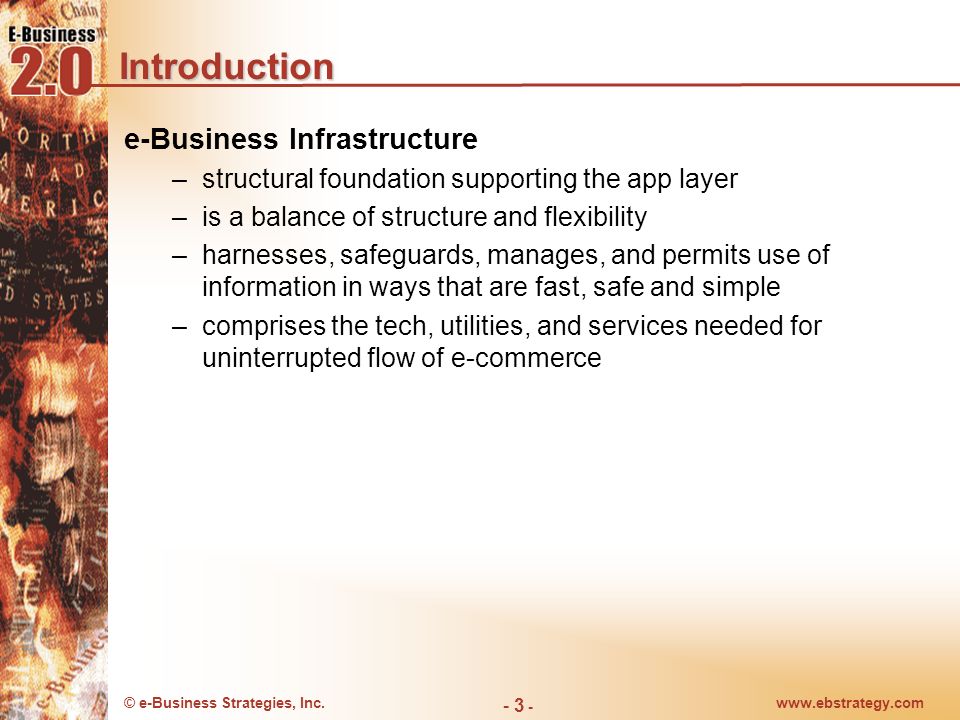
What does the CIO have to do differently? These sensors will provide data to control, monitor, and improve grid operations and customer experiences. For example, sensors eventually could be embedded into more devices across the electric grid where they previously were not economically viable. The “Internet of Things” concept could have future implications for utility operations.Advancements in surveying and geospatial/global positioning satellite (GPS) technology could improve accuracy and efficiency for engineering design, engineering construction, and other field activities.Unmanned aerial vehicles (UAVs or “drones”) offer the potential for more cost-effective data collection and equipment inspection while decreasing physical risks to workers.Here are a few examples of technologies that show great promise for the industry: Many emerging technologies may prove useful for utilities. Much of this has been powered by new capabilities to manage and visually represent large volumes of data to enable operational insights and further efficiencies. Utilities have taken advantage of analytics solutions.IoT refers to devices – often called “smart” devices – that enable the monitoring, control, and optimization of a system. In fact, the AMI technologies represent an early implementation of today’s Internet-of-Things (IoT) concept. Automated metering infrastructure (AMI) has required investments in several new technologies and systems.CAD has been used for generation plant, transmission tower, and distribution systems engineering for decades.

Utilities were early adopters of computer-aided design (CAD).Today, more utilities are emphasizing the importance of using IT innovation to maximize efficiencies and control costs.Ī few examples of technologies that utilities adopted early and successfully include: A few examples include automation of manual processes, extending technology to engineering and field activities, and enabling self-service for utility customers.

Utilities have built solutions that required significant investment in tools and skill-sets, and yet reduced overall operational costs, ultimately resulting in lower rates for customers. Nonetheless, many examples exist in which utilities were the early adopters of new technologies while maintaining cost-control objectives. This financial dynamic can drive the IT organization into a permanent cost-control mindset. Utilities also earn no return for early-stage research and development related to IT innovation. Because our companies are largely regulated, utilities can earn a return for capital investments that create new assets but not for investments in maintaining current IT platforms. Utilities historically have been considered late adopters of information technology (IT).


 0 kommentar(er)
0 kommentar(er)
